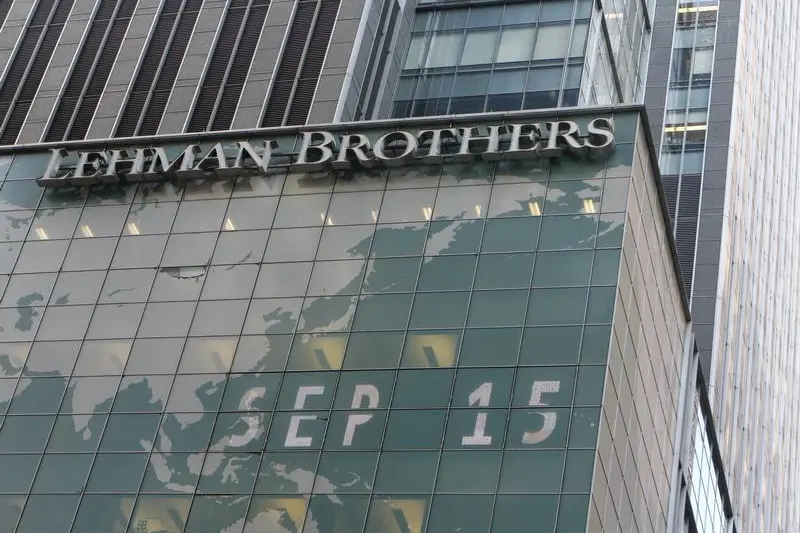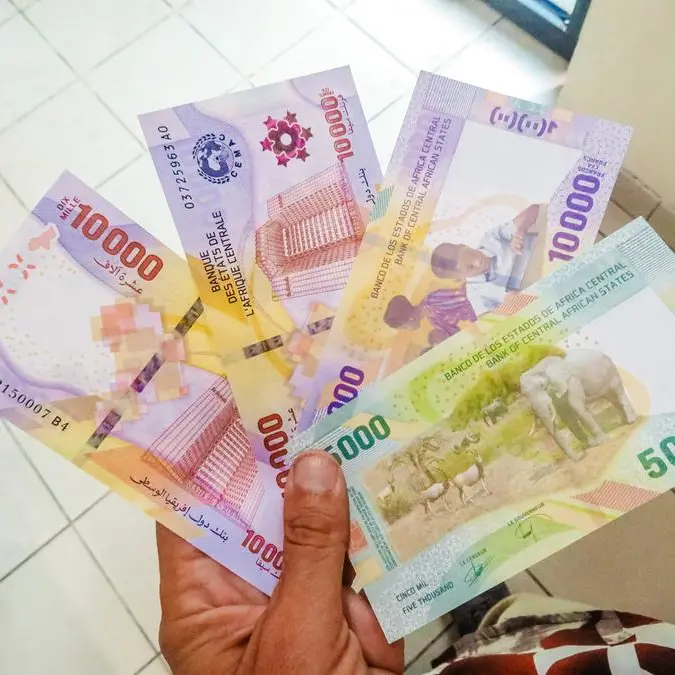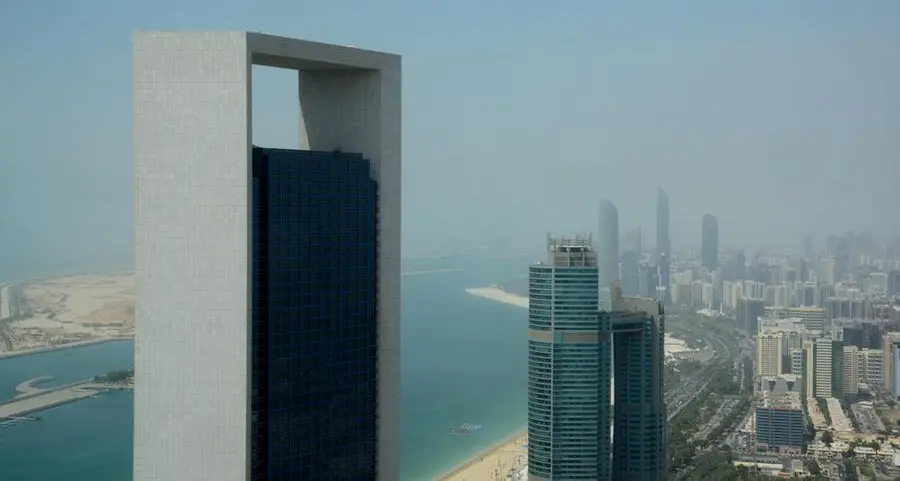PHOTO
LONDON - The official position of the Federal Reserve is that the subprime crisis of 2008 was largely a consequence of poor financial regulation. There’s an alternative view: That the Fed’s easy-money policy after 2002 created a desperate search for higher-yielding securities. It also encouraged banks to partake in what are known as carry trades, borrowing cheaply in dollars and lending at higher rates both at home and abroad. From this perspective, the catastrophe following Lehman Brothers’ collapse was simply a giant trade gone wrong. Even lower interest rates in the past decade have revived this lending frenzy.
There’s no doubt that financial regulation was too lax prior to the 2008 fiasco. That’s why liar loans and mortgages to uncreditworthy borrowers proliferated and Wall Street firms including Lehman and Bear Stearns were allowed to take on too much debt. The watchword since the crisis has been macroprudential regulation. This has involved thousands of pages of new financial rules incorporated in the Dodd-Frank Act and other banking regulations, policed by armies of examiners and in-house compliance officers.
Yet in the era of zero and negative interest rates, financial regulators were set an impossible task. Interest puts a price on leverage. That means high rates discourage excessive risk-taking, while low rates have the opposite effect. As a result, interest serves as a kind of omnipresent regulator of the financial system. Given the U.S. dollar’s role as the global reserve currency, the Fed’s interest-rate stance also regulates international capital flows.
New research suggests that when interest rates sink, investors compensate for a loss of income by taking on more risk. Harvard University’s Yueran Ma and Wilte Zijlstra of the Dutch Authority for the Financial Markets observe (http://bit.ly/2xhASLW) that when the risk-free yield falls below its historic average investors’ allocation to risky assets increases in a non-linear fashion. It stands to reason, then, that when interest rates decline and investors start chasing yield, systemic financial risk also picks up.
That’s what happened in the years before the financial crisis. Subprime and other structured-finance products were Wall Street’s inventive response to investors’ craving for yield during the Greenspan easy-money era. The carry-trade mania had an international dimension. European banks borrowed dollars to buy subprime securities. They also lent heavily to countries like Spain and Ireland and across central Europe where yields were higher. This cross-border lending began to unravel in the summer of 2007 and imploded in September 2008.
Once the Fed reduced short-term rates to zero and brought down long-term rates with quantitative easing and other tricks, investors became more desperate than ever for income. American companies found a ready appetite for the bonds they issued to buy back shares and acquire other firms. Total U.S. non-financial corporate debt is up by more than $2.5 trillion, or 40 percent, since 2008, according to the St. Louis Fed.
Credit quality has deteriorated. Leveraged loans stripped of their protective covenants have become the norm, including securities being issued in a Blackstone BX.N deal to fund the buyout of a business owned by Breakingviews’ parent Thomson Reuters.
The market reopened for payment-in-kind “toggle” notes, which allow borrowers to make interest payments with more debt. Leverage multiples on some buyouts returned to their credit-bubble peak. Subprime mortgages were out, but subprime auto loans were in. Even the collateralized loan obligation, a complex structured-finance product of the type blamed for causing the financial crisis, has made a comeback.
Demand for U.S. junk bonds has been unquenchable, even as credit quality has declined. Last year the share of junkiest credits, rated Caa to C by Moody’s, reached 44 percent of total high-yield issuance, up 11 percentage points since 2012. And yields in absolute terms, as opposed to spreads, fell to record lows. The yield on European junk bonds touched 2 percent in 2017, below the rate on 10-year U.S. Treasuries.
The global carry trade rapidly rebounded after the Lehman bust, thanks to interest rates being held at zero at the heart of the international financial system and the dollar weakening under the impact of quantitative easing. Hyun Song Shin, head of research at the Bank for International Settlements, refers to this development as the “second phase of global liquidity”. This time around, however, hot money found its way into emerging markets rather than the periphery of Europe.
Corporations in these developing countries have borrowed heavily, issuing both local- and hard-currency bonds. Firms in China and other emerging markets have been directly involved in the cross-border carry trade, issuing dollar bonds through foreign subsidiaries and investing the proceeds back home at higher yields. Over the past decade, emerging-market corporate debt has roughly doubled from around 50 percent to 100 percent of GDP, according to the BIS.
Borrowing binges in emerging markets often come to a sudden stop when U.S. monetary policy tightens. The first sign of vulnerability appeared in mid-2013, when the Fed announced a lower level of future asset purchases. That so-called taper tantrum exposed several emerging markets, among them Brazil and Turkey. The Fed’s successive interest-rate hikes since 2015 have tightened the screws.
So far this year the Turkish lira has fallen by nearly 40 percent against the dollar. Turkey’s President Tayyip Erdogan rails against interest rates which he calls “the mother and father of all evil”. But Turkey is suffering because interest rates globally were too low for too long. Turkish banks, construction companies and energy firms have gorged on cheap foreign-currency loans.
Foreign lenders have financed Turkey’s real-estate bubble, leaving the country in a similar position today as Spain and Ireland found themselves 10 years ago. Claudio Borio, head of the monetary and economic department of the BIS, fears that the contraction of global capital flows could trigger an “epoch-defining seismic rupture”. Under this scenario, capital controls could become widespread.
The 2008 maelstrom showed that when the Fed keeps interest rates too low, investors respond by taking on more risk. Unfortunately, central bankers failed to heed this lesson. They argued that financial regulation should operate independently of monetary policy. Yet financial players will always find ways to evade the rules when the price of leverage is mouthwateringly cheap. An appropriate level of interest rates is required to ensure financial stability. That’s because, as former Fed Governor Jeremy Stein nicely puts it, only interest rates “get into all the cracks”.
(This essay is the fifth of a six-part series marking the 10-year anniversary of the global financial crisis.)
On Twitter https://twitter.com/Breakingviews
- For previous columns by the author, Reuters customers can click on CHANCELLO/
- SIGN UP FOR BREAKINGVIEWS EMAIL ALERTS http://reut.rs/2dxfHO3
(The author is a Reuters Breakingviews columnist. The opinions expressed are his own.)
(Editing by Rob Cox and Martin Langfield) ((edward.chancellor.bv@gmail.com))












